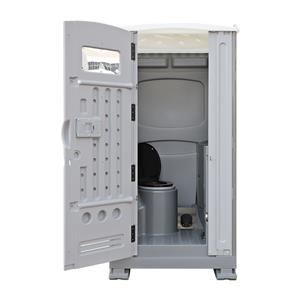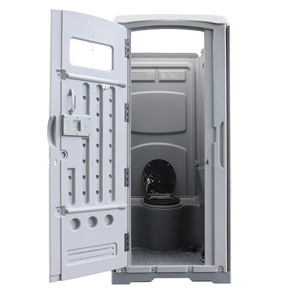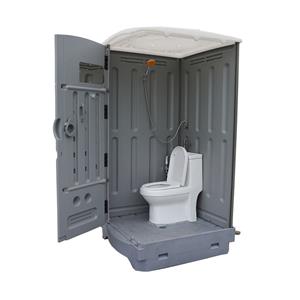ssential Features to Look for in a Portable Toilet - Complete Buyer's Guide
Portable toilets are crucial for outdoor events, construction sites, disaster relief, and recreational activities. A poor quality unit can lead to sanitation issues, unpleasant odors, and frequent maintenance problems. This comprehensive guide covers all the key features you should evaluate before purchasing or renting portable toilets, ensuring you make the best choice for your specific needs.
Durability and Build Quality The construction materials determine how well the unit withstands weather and heavy use. High-quality portable toilets use UV-resistant high-density polyethylene (HDPE) that prevents cracking under sun exposure. Cheaper plastic models degrade quickly in extreme conditions. Look for reinforced walls and corners that can handle the stress of transportation and frequent use. The flooring should have a non-slip texture, especially important for wet conditions. Consider weight too - lighter units under 100 pounds are easier to move but may tip in wind, while heavy-duty models over 150 pounds stay stable but require equipment to relocate.
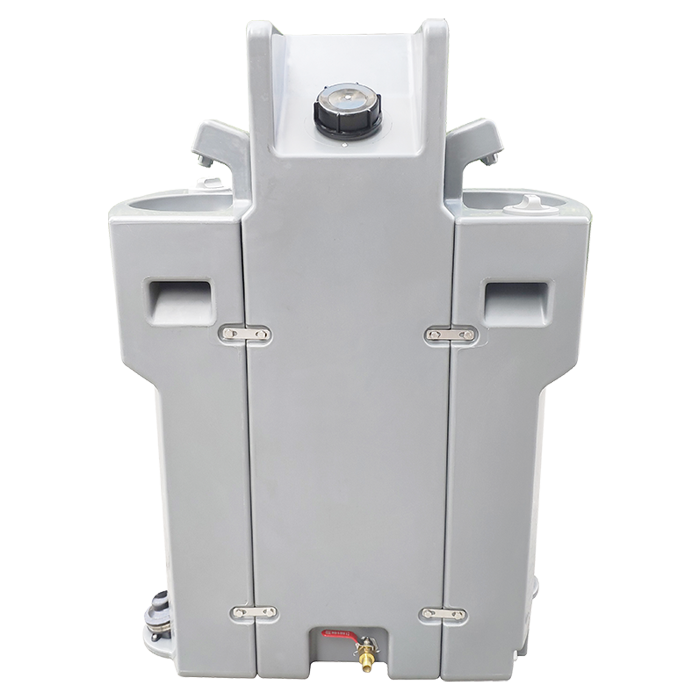
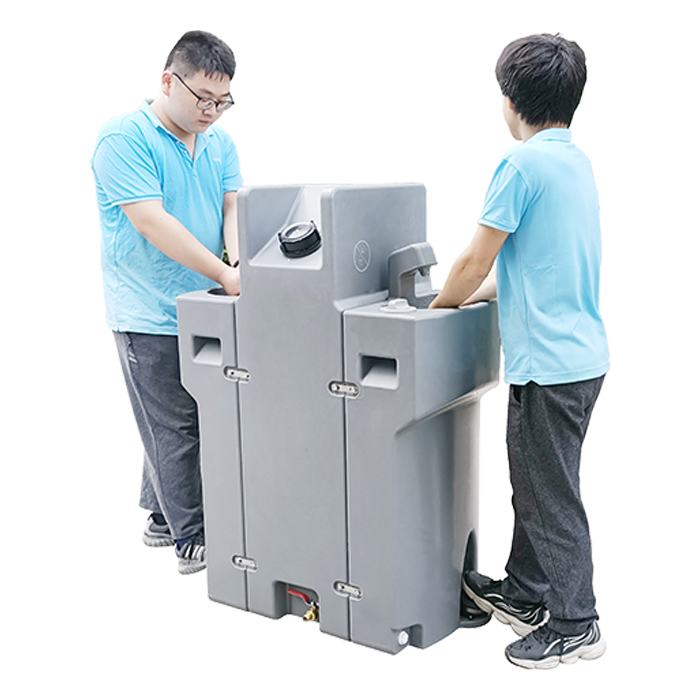
Portable Toilet Sanitation and Waste Management Systems Effective waste handling is critical for hygiene and odor control. Standard tanks hold 60-80 gallons, good for about 100 uses before needing service. Premium models may separate liquid and solid waste to improve odor control. The best units feature leak-proof seals to prevent messy spills during transport or pumping. There are several flush mechanisms: basic manual pumps, more hygienic foot-pedal models, and advanced electric flushes in luxury units. For waste treatment, traditional blue formaldehyde-based chemicals effectively control odors but are environmentally harmful, while newer green enzyme-based options offer eco-friendly decomposition.
Ventilation and Odor Control Proper ventilation prevents heat buildup and keeps air fresh. Basic models have simple air holes, while premium versions might include solar-powered exhaust fans that actively vent odors. For advanced odor neutralization, look for carbon filter systems that don't require chemicals or automatic spray dispensers that periodically release deodorizer. In hot climates, models with solar vents significantly improve user comfort.
Hygiene and User Comfort Features Comfort features dramatically improve the user experience. Essential hygiene components include hands-free sanitizer dispensers and covered toilet paper holders that protect paper from moisture. Luxury trailers may add conveniences like mirrors and coat hooks. For nighttime use, battery-powered or solar LED lighting is essential - especially important for evening events or job sites with nighttime operations.
Accessibility and ADA Compliance For public use, ADA-compliant units are often legally required. These feature wider doors (minimum 36 inches), interior grab bars, and lowered accessories for wheelchair users. In the US, they must meet ADA Title III standards, while European models should comply with EN 16514 certification. These accessible designs aren't just for permanent installations - many rental companies offer compliant portable units for temporary events.
Maintenance and Cleaning Considerations Ease of maintenance affects long-term costs and sanitation. Features like removable waste tanks make pumping simpler, while smooth, non-porous interior surfaces allow quick pressure washing and resist bacterial growth. Daily maintenance should include restocking supplies, while weekly pump-outs and monthly deep cleanings will extend unit lifespan in high-use situations. Well-designed access panels make these maintenance tasks more efficient.
Portability and Setup Options Mobility needs vary by use case. Standard single units (100-150 lbs) work for temporary setups where they won't be moved frequently. Trailer-mounted models eliminate lifting but require vehicle towing. For large events, modular multi-stall configurations provide efficient capacity. Consider delivery logistics - units with lifting lugs or forklift channels simplify placement.
Eco-Friendly and Sustainable Models Environmentally conscious options include composting toilets that require no water and produce usable compost, solar-powered units that operate off-grid, and systems using biodegradable waste treatments instead of harsh chemicals. These green solutions are ideal for sensitive environments like parks or ecotourism areas.
Portable Toilet Security and Anti-Vandalism Features In high-traffic or urban locations, durable construction prevents damage and graffiti. Look for reinforced steel door frames, pick-resistant locks, and special anti-graffiti coatings that make cleanup easier. Some models offer stainless steel fixtures that resist both corrosion and tampering.
Portable Toilet Pricing and Cost Considerations Basic plastic units cost 300, suitable for short-term projects. Heavy-duty models run 1,000 for construction use. ADA-compliant units typically cost 3,000, while luxury trailers with premium amenities range from 15,000. For most short-term needs under three months, renting is more economical than purchasing.
Portable Toilet Choosing the Right Portable Toilet Match features to your specific application. Construction sites benefit most from durable, easy-to-clean units with chemical flush systems. Large public events may require ADA-compliant models with enhanced ventilation. Eco-sensitive locations should opt for composting or low-impact chemical alternatives. High-end private events warrant the comfort of luxury trailers with running water and climate control.
Portable Toilet A pro tip: always inquire about available maintenance packages when renting, as these can significantly reduce operational hassles. Properly selected portable toilets will provide reliable, hygienic service throughout your project or event duration.
Would you like me to focus more on any specific aspect of portable toilets, such as particular use cases or more detailed comparisons between chemical treatment systems? I'm happy to provide additional specialized information.

